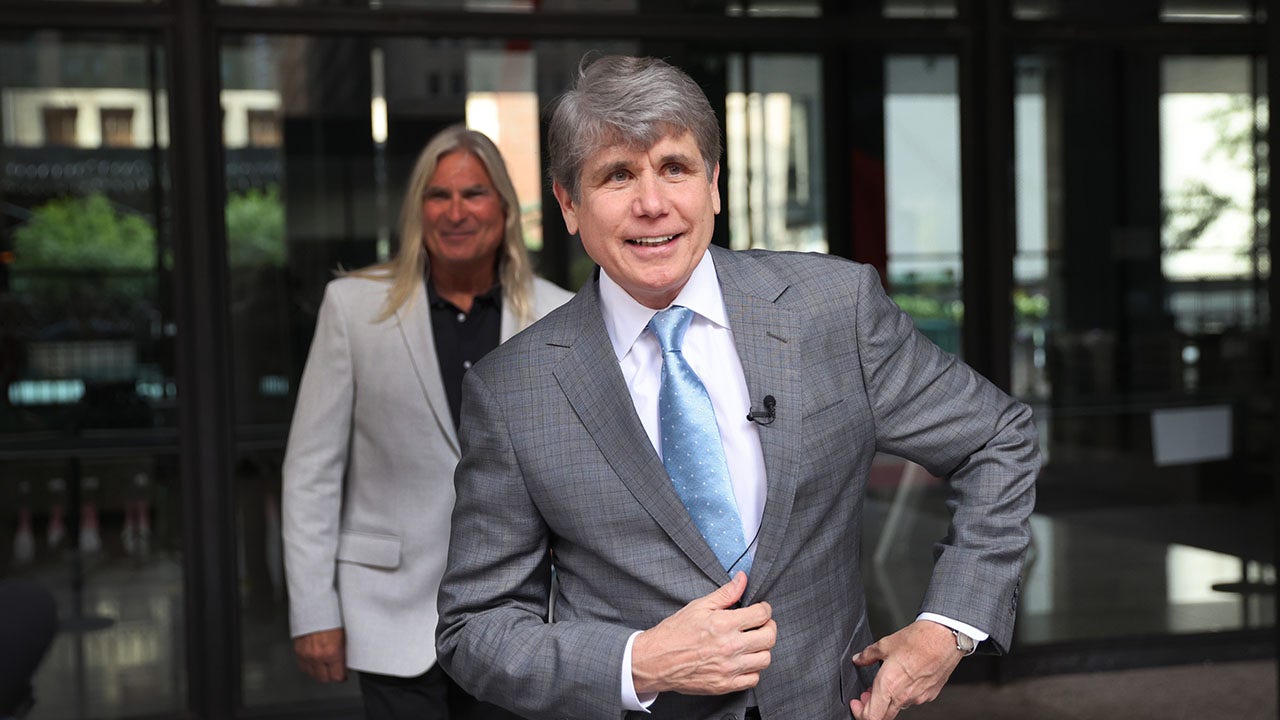Northeast
Subway mayhem spurs Cuomo to urge halt to new NYC driving tax
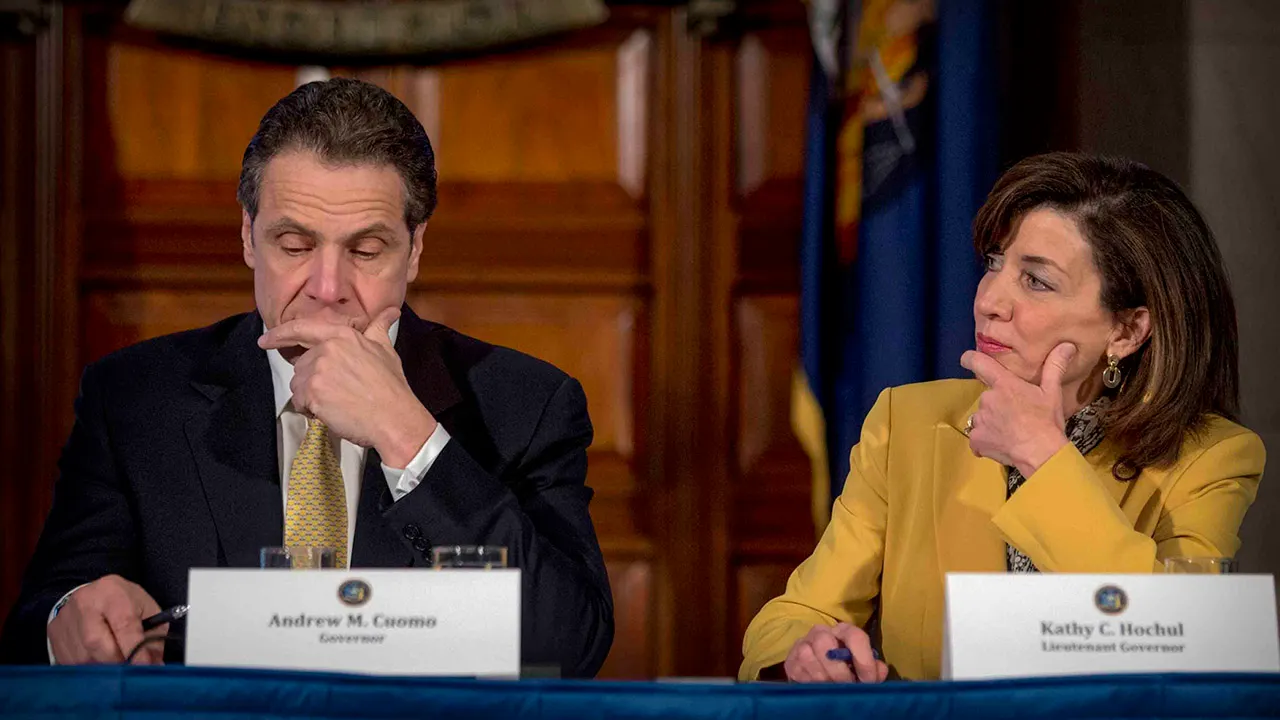
As New York’s “congestion pricing” inner-city tolling plan takes effect Sunday, one of its major proponents is questioning whether the timing is right for a policy meant to drive people to an increasingly dangerous mass transit system.
Through a spokesman, former Gov. Andrew Cuomo confirmed that he still backs the system that now tolls drivers $9 to cross below Central Park or enter Lower Manhattan from Brooklyn and New Jersey – but questioned whether now is best to implement it.
“Governor Cuomo believes congestion pricing is ultimately the right policy, which is why he fought and succeeded in passing it after more than a decade of failed attempts,” longtime spokesman Rich Azzopardi told Fox News Digital on Friday.
Azzopardi said that Cuomo’s original plan, which found agreement from then-Mayor Bill de Blasio, was based on a “safe and reliable subway system” and a thriving city core. Prior Mayor Michael Bloomberg had proposed a similar plan in 2007, but it died in Albany.
HOCHUL SPARKS BIPARTISAN OUTRAGE OVER CONGESTION PRICING REBOOT AS DEMS WORRY TRUMP WILL BLOCK
“[G]iven the obvious lack of confidence the public currently has in the subway system – combined with the tenuous state of New York City post-COVID, [Cuomo] called for a data-driven study on the impact of congestion pricing to inform the timing of such a major policy change and to ensure New York was not creating additional obstacles to its comeback.”
Cuomo previously wrote in a March op-ed that congestion pricing’s success hinges on confidence in the MTA and mass transit, which he noted has also statistically still not recovered from COVID levels.
He noted how congestion pricing is meant to “incentivize” subway use – but that that is hard to do when people are getting brutally attacked underground – and noted that it was his father, Gov. Mario Cuomo, who first beefed-up police presence after the “bad old days.”
At the time of a prior column in the Post, Cuomo cited a conductor with 24 years of service to the MTA vowing never to go back underground after he was slashed in the neck and required 34 stitches while operating an A train in Bedford-Stuyvesant, Brooklyn.
NEW ‘DRACONIAN’ LAWS TAKING EFFECT IN 2025: FROM SHAMPOO TO IMMIGRANT CARE
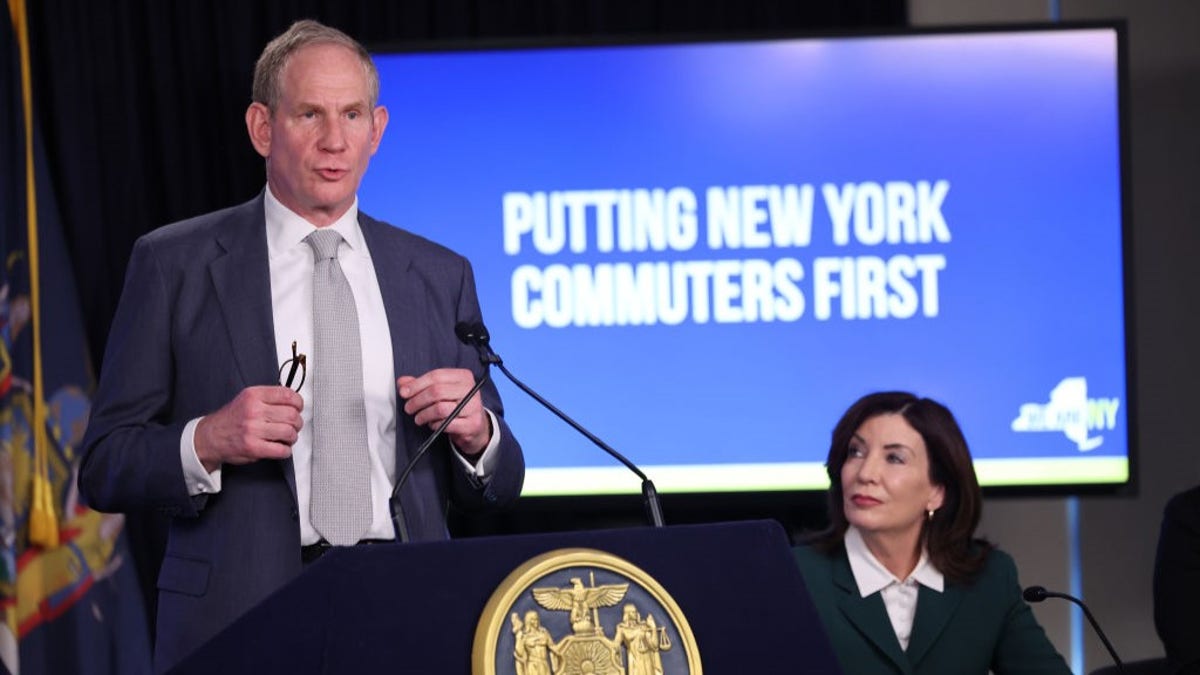
MTA Chairman Janno Lieber and Gov. Hochul (Getty)
More recently, an Ocean County, N.J., woman was burned alive in Coney Island, and there have been several near-fatal cases of people being randomly shoved in front of trains, occurring from Morningside Heights to TriBeCa, since Christmas.
“It is undeniable that New York is in a dramatically different place today than it was in 2019, and without a study forecasting its consequences based on facts, not politics, it could do more harm than good to New York City’s recovery,” Cuomo’s spokesman said Friday.
But Cuomo’s onetime deputy, Gov. Kathy Hochul, appeared full-steam-ahead in enacting the policy, which is intended to drive commuters and residents to consider mass transit to head to work or play in Midtown.
FEDERAL JUDGE RULES ON NYC CONGESTION PRICING
In a recent statement lauding her current plan, Hochul’s office said the reduction of the congestion toll from its original $15 will save drivers $1,500 per year, and that commuters will see “new and improved subway services.”
“By getting congestion pricing underway and fully supporting the MTA capital plan, we’ll unclog our streets, reduce pollution and deliver better public transit for millions of New Yorkers,” Hochul said.
MTA Chairman Janno Lieber, who oversees the state-run metro subway, bus and rail network, said that Hochul is “stepping up” for people who want cleaner air, safer streets and less gridlock.
CUOMO JOINS NETANYAHU’S LEGAL DEFENSE TEAM, MULLS 2025 NYC MAYORAL RUN
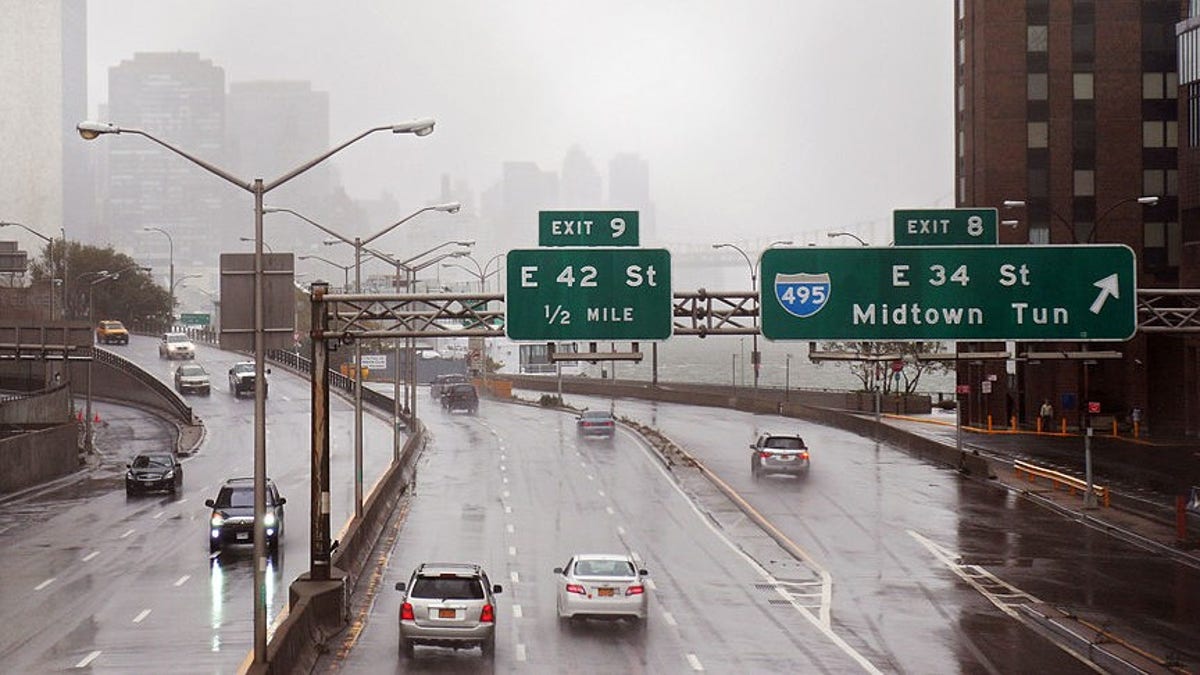
The FDR Drive on Manhattan’s East Side; one of few roadways exempt from tolling. (Getty)
He also noted that upgrades have already taken place on the 7 subway from Times Square to Flushing, Queens, and the L train from Union Square to Canarsie.
However, Cuomo’s camp maintains that it was he who envisioned and oversaw the upgrades to New York’s transit network without the added tolls in effect – and ripped Hochul and Lieber for claiming that he had gotten cold feet.
When the New York Post asked Hochul for comment on Cuomo suggesting she “hit the brakes” on congestion pricing, the governor directed comment to a Lieber spokesman, who blasted Cuomo for “flip-flopping.”
“What would really harm New York’s continuing recovery is starving subways of a desperately needed source of funding after decades of underinvestment,” the MTA’s Aaron Donovan said.
“The $15 fee was passed by the MTA under Hochul’s watch, but please gaslight away,” Azzopardi told Fox News Digital. “New Yorkers aren’t stupid.”
Cuomo previously told WNYW that people have the option to work from home, which they didn’t have when he first pushed the plan in 2019 – and that if he were a commuter, he would likely balk at the idea of added costs at a time of “high crime and homelessness.”
Cuomo’s camp also said that Hochul likes to take credit for the achievements of his three-term administration that presaged the new tolls.
“The difference here is that Governor Cuomo built the [new Amtrak/MetroNorth] Moynihan Train Hall and the Second Avenue Subway [extension to East Harlem], as well as fixed the L train and did the hard work to get [Grand Central’s] East Side Access and the LIRR Third-Track done. All Hochul wanted to do was cut the ribbons,” Azzopardi said.
Cuomo’s calls for a pause were joined by several New York Republicans, yet the former governor and potential 2025 mayoral candidate remains supportive of congestion pricing, while the GOP wants it nixed entirely.
Commuters from New Jersey must still pay Port Authority tolls to cross the Hudson River, and outer-borough commuters the same via the East River – albeit with a slight credit toward their “congestion” fee.
Drivers who remain on the FDR Drive or Joe DiMaggio West Side Highway will not be charged unless they turn onto surface streets.
Read the full article from Here

Pennsylvania
Police officer adopts horse he rescued in Chester County, Pennsylvania

Watch CBS News
Be the first to know
Get browser notifications for breaking news, live events, and exclusive reporting.
Rhode Island
RI Lottery Powerball, Lucky For Life winning numbers for April 2, 2025
The Rhode Island Lottery offers multiple draw games for those aiming to win big. Here’s a look at April 2, 2025, results for each game:
Winning Powerball numbers from April 2 drawing
05-17-41-64-69, Powerball: 01, Power Play: 2
Check Powerball payouts and previous drawings here.
Winning Lucky For Life numbers from April 2 drawing
18-22-35-36-43, Lucky Ball: 08
Check Lucky For Life payouts and previous drawings here.
Winning Numbers numbers from April 2 drawing
Midday: 2-3-0-3
Evening: 6-4-1-2
Check Numbers payouts and previous drawings here.
Winning Wild Money numbers from April 2 drawing
07-18-19-35-38, Extra: 22
Check Wild Money payouts and previous drawings here.
Feeling lucky? Explore the latest lottery news & results
Are you a winner? Here’s how to claim your prize
- Prizes less than $600 can be claimed at any Rhode Island Lottery Retailer. Prizes of $600 and above must be claimed at Lottery Headquarters, 1425 Pontiac Ave., Cranston, Rhode Island 02920.
- Mega Millions and Powerball jackpot winners can decide on cash or annuity payment within 60 days after becoming entitled to the prize. The annuitized prize shall be paid in 30 graduated annual installments.
- Winners of the Lucky for Life top prize of $1,000 a day for life and second prize of $25,000 a year for life can decide to collect the prize for a minimum of 20 years or take a lump sum cash payment.
When are the Rhode Island Lottery drawings held?
- Powerball: 10:59 p.m. ET on Monday, Wednesday, and Saturday.
- Mega Millions: 11:00 p.m. ET on Tuesday and Friday.
- Lucky for Life: 10:30 p.m. ET daily.
- Numbers (Midday): 1:30 p.m. ET daily.
- Numbers (Evening): 7:29 p.m. ET daily.
- Wild Money: 7:29 p.m. ET on Tuesday, Thursday and Saturday.
This results page was generated automatically using information from TinBu and a template written and reviewed by a Rhode Island editor. You can send feedback using this form. Our News Automation and AI team would love to hear from you. Take this survey and share your thoughts with us.
Vermont
Vermont Conversation: Retiring Health Commissioner Dr. Mark Levine on the state of public health in Vermont – VTDigger

The Vermont Conversation with David Goodman is a VTDigger podcast that features in-depth interviews on local and national issues. Listen below and subscribe for free on Apple Podcasts, Spotify or wherever you get podcasts.

Dr. Mark Levine retires as Vermont’s health commissioner this week after an eight year tenure marked by historic events. Dr. Levine is best known as the steady hand guiding Vermont’s response to the Covid-19 pandemic, which by many measures was one of the most successful in the nation. Vermont had the second lowest Covid fatality rate, after Hawaii. According to the Vermont Department of Health, 1,283 people died from the Covid pandemic in Vermont.
During the dark days of lockdown in 2020 and 2021, Dr. Levine stood alongside Gov. Phil Scott and reassured anxious Vermonters about how to stay safe, the need for masking and social distancing, and the critical importance of vaccinations. His grandfatherly baritone voice conveyed wisdom and compassion.
In announcing Dr. Levine’s retirement, Gov. Scott said, “I will be forever grateful for his advice and counsel over the years, but especially during the pandemic, as he appeared with me daily at press conferences during those difficult days, giving much comfort to Vermonters as our very own ‘Country Doc’.”
Sen. Peter Welch said that Dr. Levine “helped Vermont through those incredibly challenging times, and saved many lives.”
Prior to Dr. Levine’s appointment as health commissioner in 2017, he worked as a primary care physician and as a professor and associate dean at the University of Vermont’s Larner College of Medicine, where he still teaches.
Dr. Levine, 71, steps away from health care leadership at a fraught and uncertain moment. Public health and science itself have come under unprecedented attack by the Trump administration. Robert F. Kennedy, Jr., the country’s newly appointed secretary of Health and Human Services, has been derided for being a conspiracy theorist and one of the top purveyors of medical misinformation. This week, Kennedy announced the layoffs of 10,000 health workers and $11 billion in cuts to public health grants dolled out to states. This includes a $7 million cut in aid to Vermont that state health officials said would “negatively impact public health in our state.”
All of this comes as measles is infecting unvaccinated children in the U.S. in what is already being described as the worst outbreak of this century.
Dr. Levine reflected on how Vermont compared to other states in managing the Covid pandemic. “Our economy looks like many of the states that had far worse outcomes from Covid and prioritized their economy more in terms of keeping a lot of sectors open. When you look at the bottom line in the end, our economic status and theirs don’t look very different, yet our public health status looks much, much better. And I’m going to hang my hat on that as very, very important for the way we approached the pandemic here in Vermont.”
“You know, there isn’t a hell of a lot I would have done differently, to be honest,” said Levine.
Levine insisted that there are not many critics who say “you shouldn’t have had vaccines. You shouldn’t have masked us up. You shouldn’t have closed down things. When you close them down, they kind of understand that the major outcome was that Vermont fared much better as a state than many other states. So it’s hard for me to have too many regrets.”
Why did Vermont fare better than other states?
“We come from a culture here in Vermont where people look out for their family, they look out for their community, and they work collaboratively,” said Levine. “The second thing is that in public health, we always say, be first, be right, be credible. And the communication that the governor and I and the rest of the team had was frequent, it was with integrity about what we knew and what we didn’t yet know, and it was with great transparency … revealing the data every time and showing what we were responding to.”
Levine leaves his post with deep concern about what lies ahead for public health. “When disinformation comes from the top, whether it be the secretary of (Health and Human Services) or the president, it has an impact and it makes our job much harder.”
Levine noted that even when Trump administration officials are trying to control the measles epidemic, “they always manage to sort of agree, but then say the wrong thing and let you know that they really aren’t completely aligned, which is a problem I am very concerned about.”
Levine says that federal budget cuts could have a serious impact on Vermont, where “40 percent of my budget is related to federal grant money.”
If the latest cuts “are a signal of what’s to come, then they are of tremendous concern. And the problem is, of course, we’re not seeing broad visions and huge strategic plans with discrete timelines associated. We’re seeing abrupt moves by the federal government that basically say, today your grants were stopped, and by the way, we’re interested in chronic disease prevention. But they haven’t actually shown us the vision and the timeline and what the resources will be and (where they) will come from.”
Dr. Levine said of his legacy, “People will always remember Covid, and I’m fine with that, but I hate for that to be the defining moment because public health is so much more than that. One thing I’m very proud of is work we’ve done to protect our children’s health.”
“I’d like to be remembered that we’ve now turned the curve on the opioid overdose death rate, and it’s clearly on the way down. It’s not a mission accomplished. There’s still a lot of work to be done. But at least it’s going in the right direction.”
As he retires, Levine lamented the rise in the “great anti-science bias” and the movement of those who are “vaccine resistant, or at least hesitant.”
“We do in public health as much as we can to provide what we consider not the alternative viewpoint but the actual evidence-based viewpoint. But the recipients of that have to be willing to receive that information, and we’re in a time where many people get their information from one set of resources and they won’t veer from those resources to others. So it’s a challenging time for public health, indeed.”
-

 News1 week ago
News1 week agoTrump Is Trying to Gain More Power Over Elections. Is His Effort Legal?
-

 News1 week ago
News1 week agoWashington Bends to RFK Jr.’s ‘MAHA’ Agenda on Measles, Baby Formula and French Fries
-

 News1 week ago
News1 week agoCompanies Pull Back From Pride Events as Trump Targets D.E.I.
-

 World1 week ago
World1 week agoAt least six people killed in Israeli attacks on southern Syria
-

 Technology1 week ago
Technology1 week agoTrump officials planned a military strike over Signal – with a magazine editor on the line
-

 Technology1 week ago
Technology1 week agoThe FBI launched a task force to investigate Tesla attacks
-
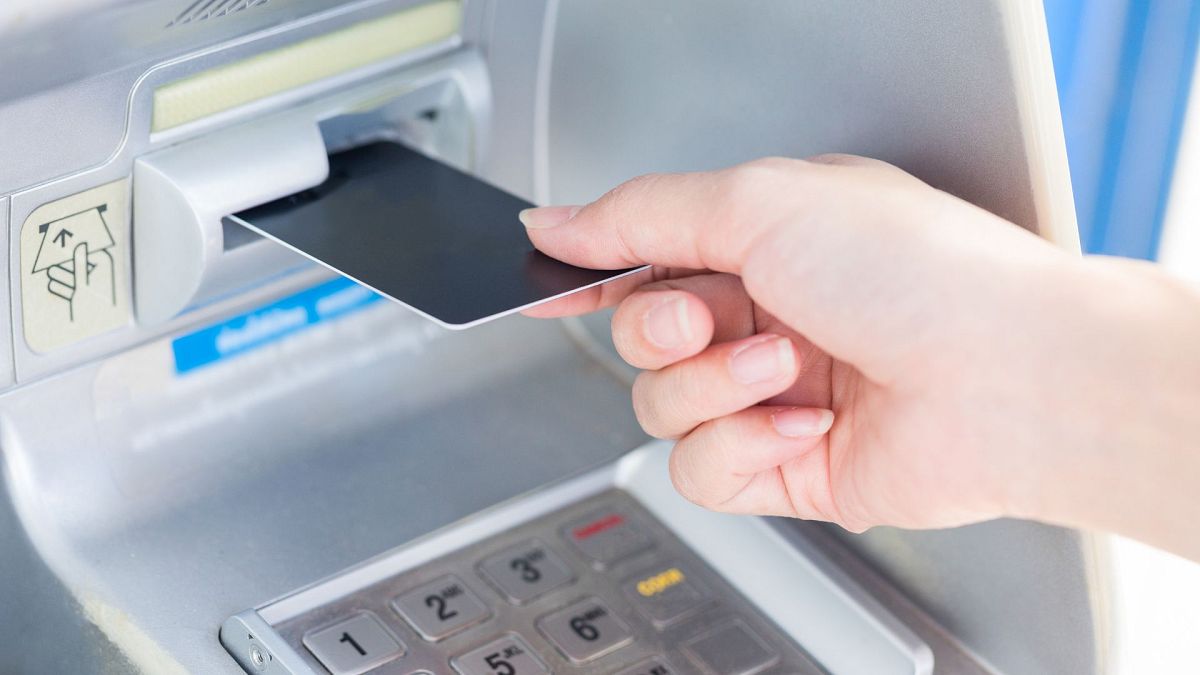
 World1 week ago
World1 week agoNo, Norway and Sweden haven't banned digital transactions
-

 Culture1 week ago
Culture1 week agoAnalysing Jamal Musiala’s bizarre corner goal for Germany against Italy









